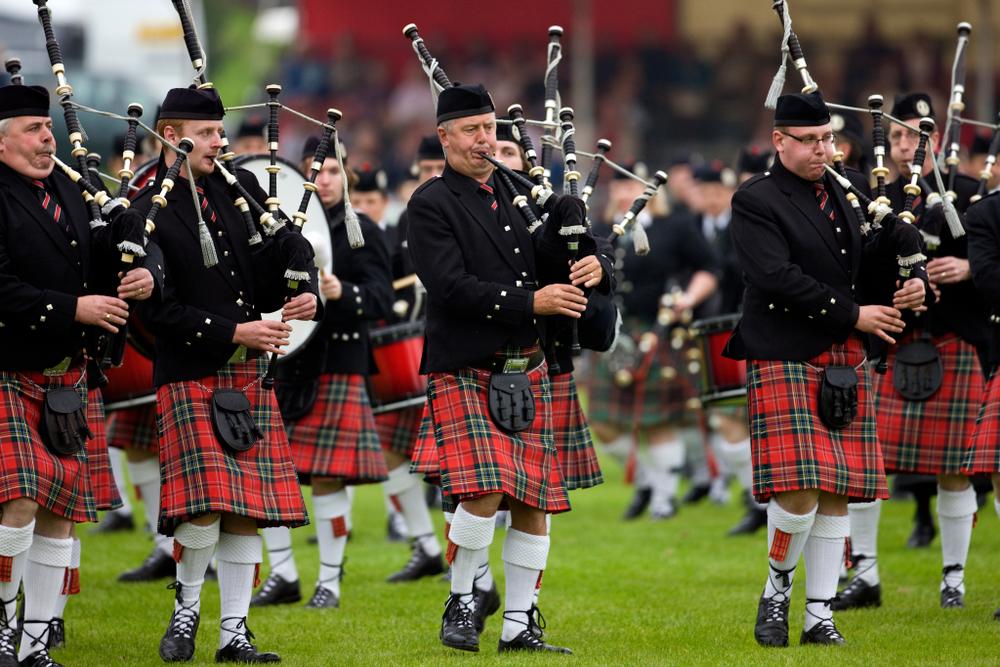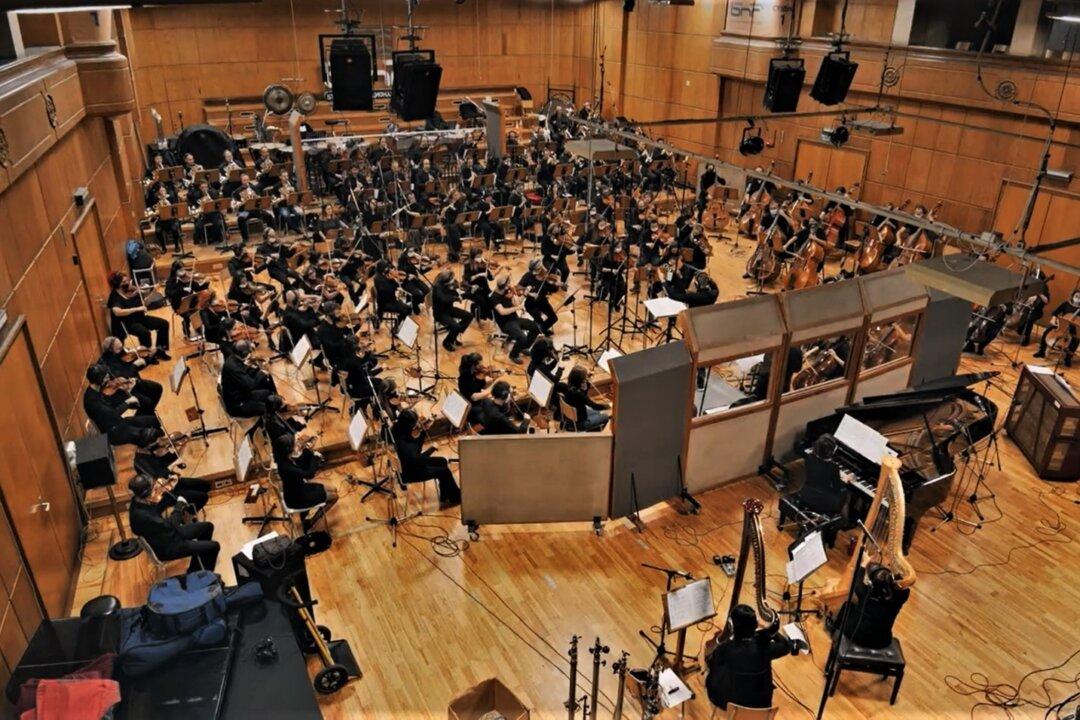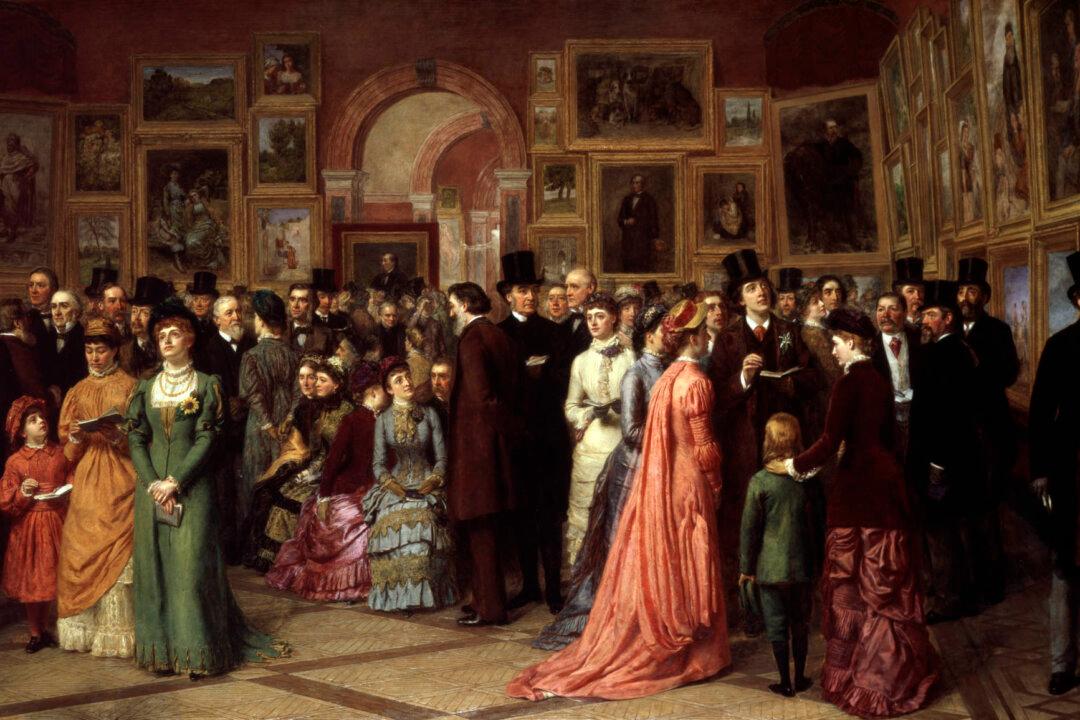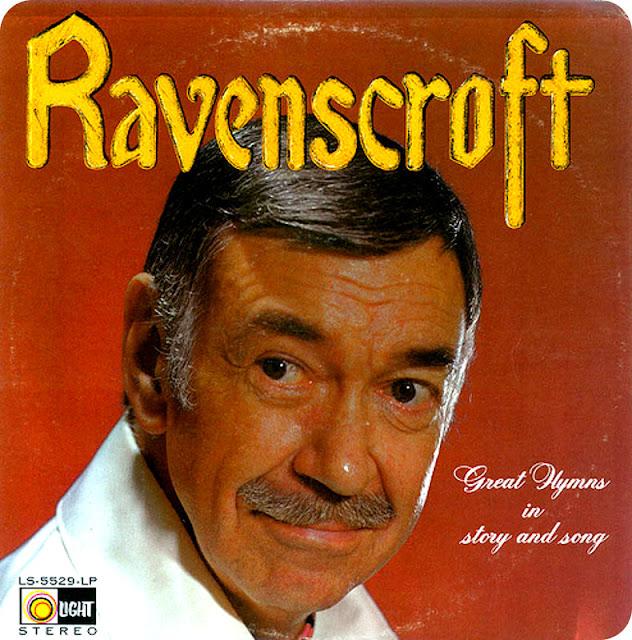Perhaps, like me, you have been fascinated, even thrilled, when a bagpiper showed up in a kilt at a wedding or funeral you attended. Or perhaps you have heard the raucously festive sound of row upon row of bagpipers in a parade, accompanied by snare, tenor, and bass drums. That ensemble is properly called a “pipe band.”
Perhaps you also think that bagpipes are rather mysterious because they always seem to come and go too quickly, before you have a chance to really get a good look at them or figure out how they work. Let’s explore this intriguing instrument and its history and role in culture.






